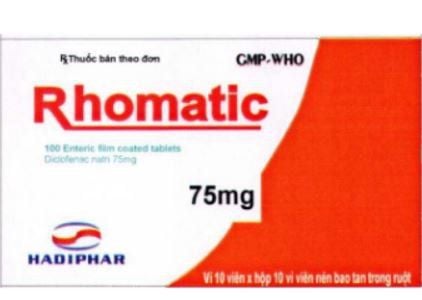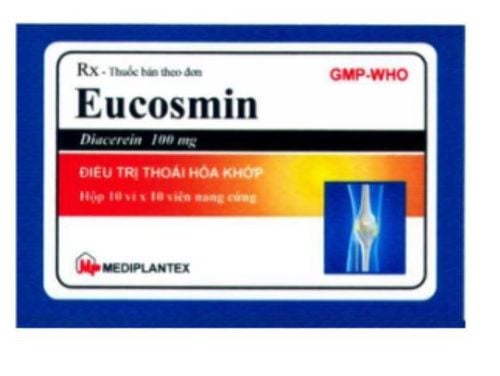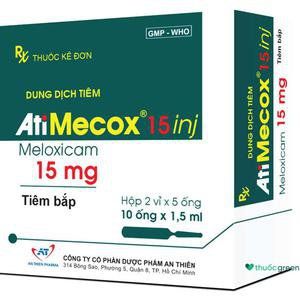This is an automatically translated article.
The article is professionally consulted by MSc, BS. Dang Manh Cuong - Radiologist - Radiology Department - Vinmec Central Park International General Hospital. The doctor has over 18 years of experience in the field of ultrasound - diagnostic imaging.1. Joint magnetic resonance imaging
Musculoskeletal MRI, also known as magnetic resonance imaging of joints, is a special subclinical technique, applying the principles of radio waves in practice to contribute to the diagnosis of a number of musculoskeletal conditions. The principles of radio waves can be absorption, release... to give specific images of the patient's musculoskeletal system. Unlike X-rays for bone judgments, joint magnetic resonance imaging will help identify abnormalities in soft tissue organization around the examined joint area such as synovial fluid, cartilage, ligaments, tendons, and muscles. .. In fact, many diseases related to ligament damage, cartilage damage or osteoarthritis have been detected very clearly through musculoskeletal MRI images. Another advantage of this method is that it does not use radiation, so the possibility of radiation contamination for the patient as well as the person performing the scan is impossible, so it does not affect health when performing this technique. Magnetic resonance imaging of joints also provides 3-dimensional images of the joints examined, so that soft tissue injuries can be observed.Indications for musculoskeletal MRI are usually in the following cases:
Degenerative joint disease Inflammatory disease of soft tissues around joints such as muscles, tendons, ligaments...

People with some devices inside the body such as prosthetic heart valves, pacemakers... People who have had metal implants such as hearing aids, blood vessel clamps or shrapnel inside the body People who are obese People with claustrophobia. Joint magnetic resonance imaging is an advanced and more effective subclinical technique than other imaging techniques, especially for diseases such as:
Bone tumor: when taking a joint magnetic resonance imaging, it can be known. The tumor's invasive status into bone cells, size, location and extent of invasion can then be assessed preoperatively most accurately. Osteoarthritis: further evaluation of soft tissue injuries that cannot be examined by radiographs. Osteoarthritis: shows fibrosis, fluid accumulation, abscess... Magnetic resonance imaging of the hip joint in diseases of joint necrosis, trauma, hip degeneration. Magnetic resonance imaging of the knee joint is often used a lot, assessing the damage of meniscus, ligaments, bones... Magnetic resonance imaging of the shoulder joint can detect diseases such as cartilage around the shoulder, damage to the shoulder joint. rotator cuff injury, tendon, bursitis, tumor, shoulder arthritis...
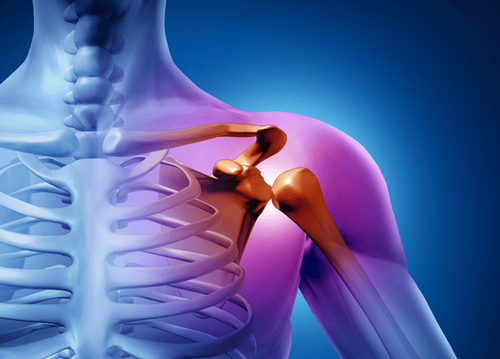
2. Knee magnetic resonance imaging
If there are abnormalities that knee ultrasound or X-ray film will not be able to investigate, then the patient will be assigned a knee magnetic resonance imaging to clarify the diagnosis.More specifically, magnetic resonance imaging of the knee joint will be indicated in the following cases:
Suspected damage to the soft part of the knee joint such as cartilage or ligaments Clinically, there are signs of swelling , pain, difficulty in movement, weakness... Patient suffers from knee arthritis, knee osteoarthritis, knee arthritis, osteomyelitis... Patient has knee injury leading to cord tear ligament or tendon tear Patient has fracture but CT scan and X-ray do not show clear fracture Patient feels loose in joint socket Patient has signs of knee effusion One Some images that can be observed when taking magnetic resonance imaging of the knee joint are:
Tear, meniscus degeneration usually has a circular image inside the meniscus. Meniscal cysts Meniscal cysts are disc-shaped in some congenital diseases of the joints. Meniscal calcifications when MR imaging of the knee joint will show signs of decreased signal sequence. Closed fracture with ligamentous and cartilage damage Segond-shaped fracture with rupture of the anterior cruciate ligament on the lateral aspect of the thigh, possibly with meniscal tear External tibial plateau fracture with rupture of the anterior cruciate ligament Physical ligament rupture show discontinuity, tug, signal gain
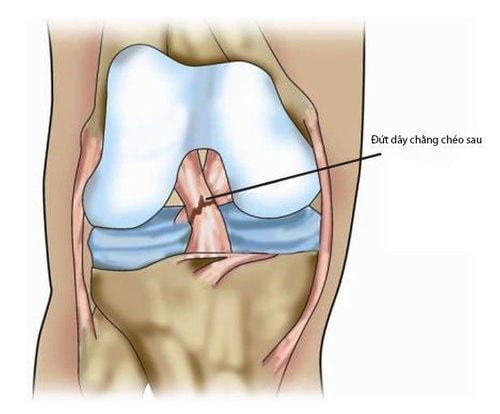
Vinmec International General Hospital with a system of modern facilities, medical equipment and a team of experts and doctors with many years of experience in neurological examination and treatment, patients can completely peace of mind for examination and treatment at the Hospital.
Vinmec International General Hospital put into use the 3.0 Tesla Silent technology magnetic resonance imaging machine. Magnetic resonance imaging machine 3.0 Tesla with Silent technology of GE Healthcare (USA).
● Silent technology is especially beneficial for patients who are children, the elderly, weak health patients and patients undergoing surgery
● Limit noise, create comfort and reduce stress customers during the shooting process, helping to capture better quality images and shorten the shooting time.
● Magnetic resonance imaging technology is the technology applied in today's most popular and safest imaging method because of its accuracy, non-invasiveness and non-X-ray use.
Please dial HOTLINE for more information or register for an appointment HERE. Download MyVinmec app to make appointments faster and to manage your bookings easily.





